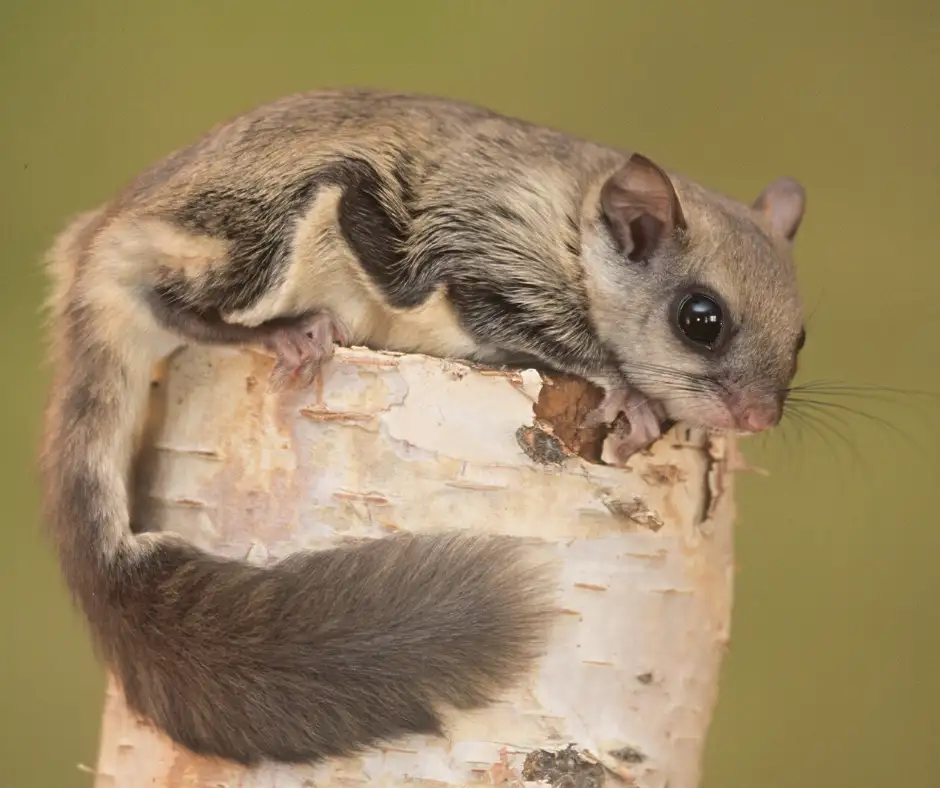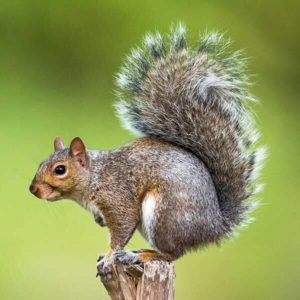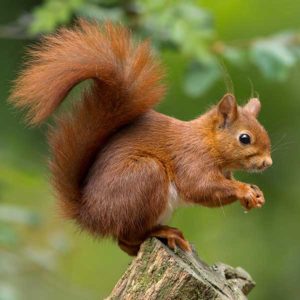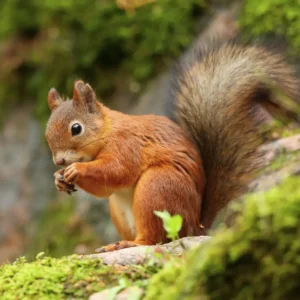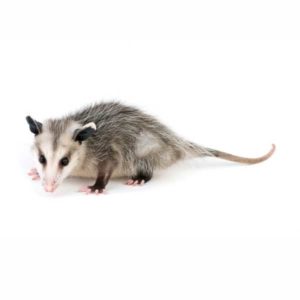Northern Flying Squirrels in Eastern Tennessee
The northern flying squirrel is slightly smaller than the southern flying squirrel but is otherwise very similar in behavior. Their gliding is graceful, but these squirrels can be clumsy walkers. They change nests very often and are very social creatures that tend to congregate together. Just like other flying squirrels, the northern flying squirrel is nocturnal. They feed on a lot of plant material and make nests in trees.
Northern Flying Squirrel Habitat
Northern flying squirrels are mostly found in coniferous forests across North America. They tend to nest in holes in trees and dead trees. However, they also will build nests from leaves and are even known to nest underground unlike the southern flying squirrel. They tend to share nests in the wintertime but otherwise move frequently from one nest to another.
Northern Flying Squirrel Behaviors, Threats, or Dangers
As mentioned earlier, the northern flying squirrel glides from atop trees using the patagium on their bodies. They can maneuver with excellent efficiency and use a parachute-like effect when landing. The main danger with flying squirrels is when they make their way onto your property. They have a very small population, and it is important to never attempt to remove flying squirrels on your own. If you are having an issue with northern flying squirrels, it is best to consult a professional wildlife control company for removal.
Need help with Northern Flying squirrels?
We'll call you! Leave your information below.
